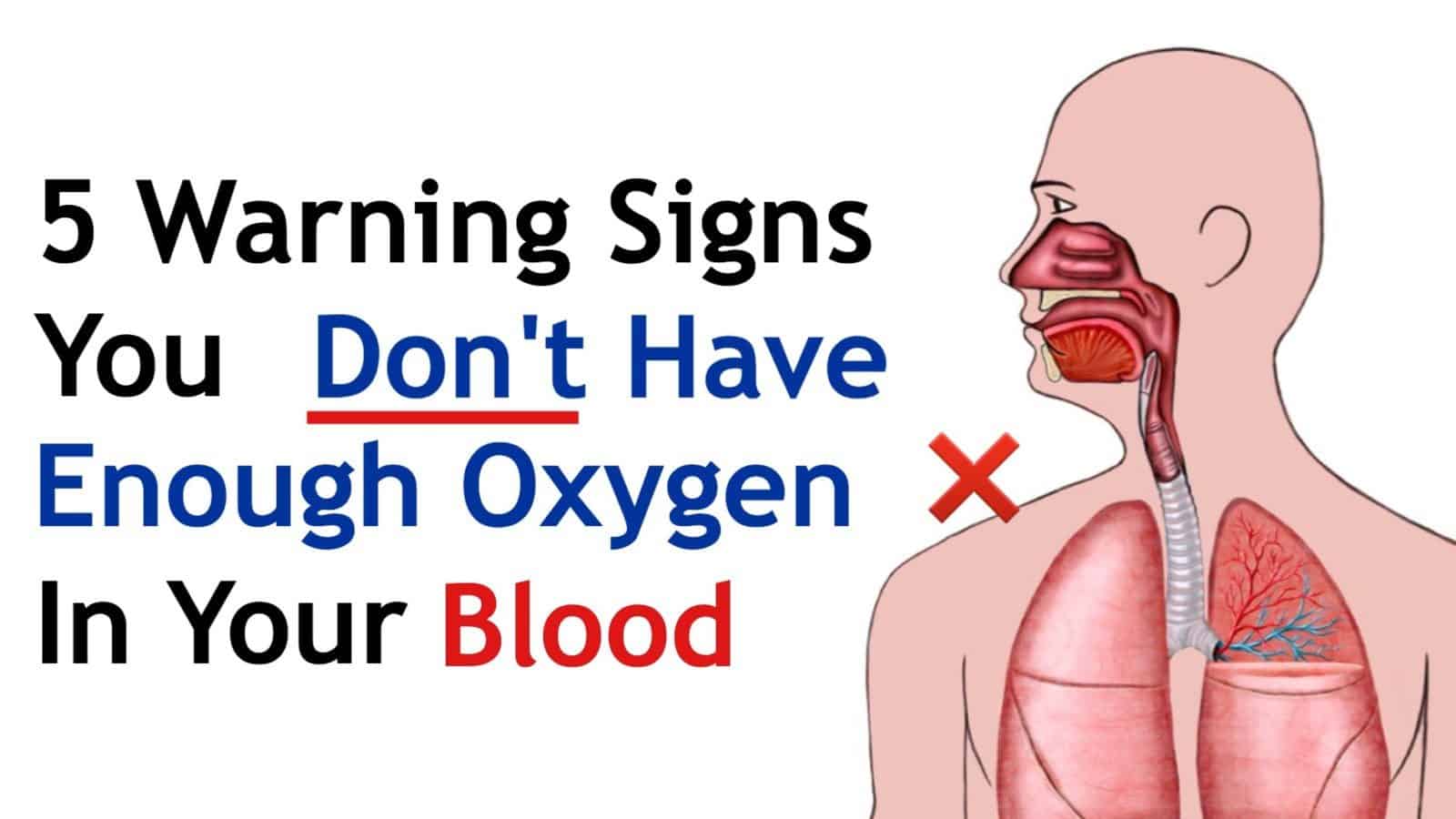Table of Content
Over time, COPD can lead to hypoxia, a condition marked by low oxygen levels. For example, hypoxia can happen in the absence of hypoxemia if blood flow to an organ or tissue is disrupted. In this case, the blood may have normal levels of oxygen, but it can’t reach the affected area. This type of hypoxemia typically occurs at higher altitudes.

The results for a blood sample oxygen level test are usually available right away . Healthcare providers use pulse oximeters frequently in hospitals. You can also use a pulse oximeter at home — you can usually buy one from a pharmacy or certain stores and websites.
Simple Tips For Improving Low Blood Oxygen Levels
Some people with chronic lung disease or medical conditions like sleep apnea can have normal levels of around 90%. The “SpO2” reading on an oximeter shows the percentage of oxygen. If your home SpO2 reading is lower than 95%, you should urgently call your healthcare provider. There can be several reasons for low blood oxygen levels in the body.
Managing any underlying conditions is the best way to keep your blood oxygen at safe levels and lower your risk of hypoxemia. Deoxygenated blood flows into your heart from the right, gets pumped out to your lungs to get oxygen, then comes back in from the left to get pumped out to your body. In some people, deoxygenated blood can get pushed over to the left side of your heart and go out to your tissues without getting oxygen in your lungs first. This is called right-to-left shunting and it’s usually caused by an abnormality in your heart. Even if you have good airflow and good blood flow, sometimes it’s difficult for the oxygen to pass — or diffuse — from your lungs to your blood vessels . Diffusion impairment can be caused by emphysema, scarring of your lungs or diseases that impair the blood flow between your heart and lungs.
Durable Medical Equipment
This will help determine the current concentration of oxygen circulating in the blood. The oximeter is able to tell you the oxygen saturation in your body along with your heart rate. Once your test is over, you’ll have your reading available immediately. This will help you to determine if you need treatment or require any other testing. If your measuring units on the lower side means you need more oxygen. To determine the right measurement, you need to know what should be the normal oxygen level in the human body.
Laboratories may have different reference ranges for the aspects of your blood that are measured in a blood oxygen level test. When you get your blood test results back, there will be information that indicates what that lab’s normal ranges are for each measurement. If you have any questions about your results, be sure to ask your healthcare provider. To identify a lack of oxygen, the doctor will perform a physical exam and order texting, like pulse oximetry or blood gases testing.
How home oxygen therapy can help
Eating more fresh, raw green juices is beneficial as they are full of vitamins and minerals which your body utilises to aid in the uptake of oxygen.
This is your bicarbonate, and it measures the amount of a chemical in your blood that keeps the pH of your blood from becoming too acidic or too basic. The pH value measures the acid/base balance of your blood. Health, Nutrition and Wellbeing in a simple and accessible language.
If the air you are breathing has a reduced amount of oxygen in it, it can limit your body’s ability to supply itself with enough oxygen. The most common environmental condition that can cause hypoxemia is high altitude. At high altitudes, the amount of oxygen in the atmosphere is much less than at sea level.

Hypoxia is a direct result of hypoxemia, and it is a life threatening condition. The fastest way to measure saturation levels is through a pulse oximeter, which is a small piece of equipment that is attached to a fingertip. It contains a light sensor that detects the amount of oxygen molecules circulating in the blood. Now learn how to increase blood oxygen level at home naturally.
Just as you might have a unique experience with oxygen deprivation symptoms, there is not one uniform approach to diagnosing the problem. Your practitioner will likely review your medical history and conduct a physical exam, including listening to your lungs and checking your heartbeat for irregularities. They may also use a pulse oximetry sensor to measure the levels of oxygen in your blood. Your blood oxygen saturation is a measure of how much oxygen is in your blood. A normal blood oxygen reading is generally considered to be 95 to 100 percent.
Therefore, at higher altitudes, each breath you take provides you with lower oxygen levels than when you’re at sea level. Hypoventilation is when oxygen intake occurs at a slow rate. This can result in higher levels of carbon dioxide in the blood and lower oxygen levels. During gas exchange, oxygen from the air you’ve breathed in passes from the alveoli into your blood and is then delivered to the cells throughout your body. While this is happening, carbon dioxide leaves your blood and moves into the alveoli, where it’ll be expelled when you exhale. Coughing, sinus, or any environmental allergy can cause shortness of breath that can make oxygen levels dip.

No comments:
Post a Comment